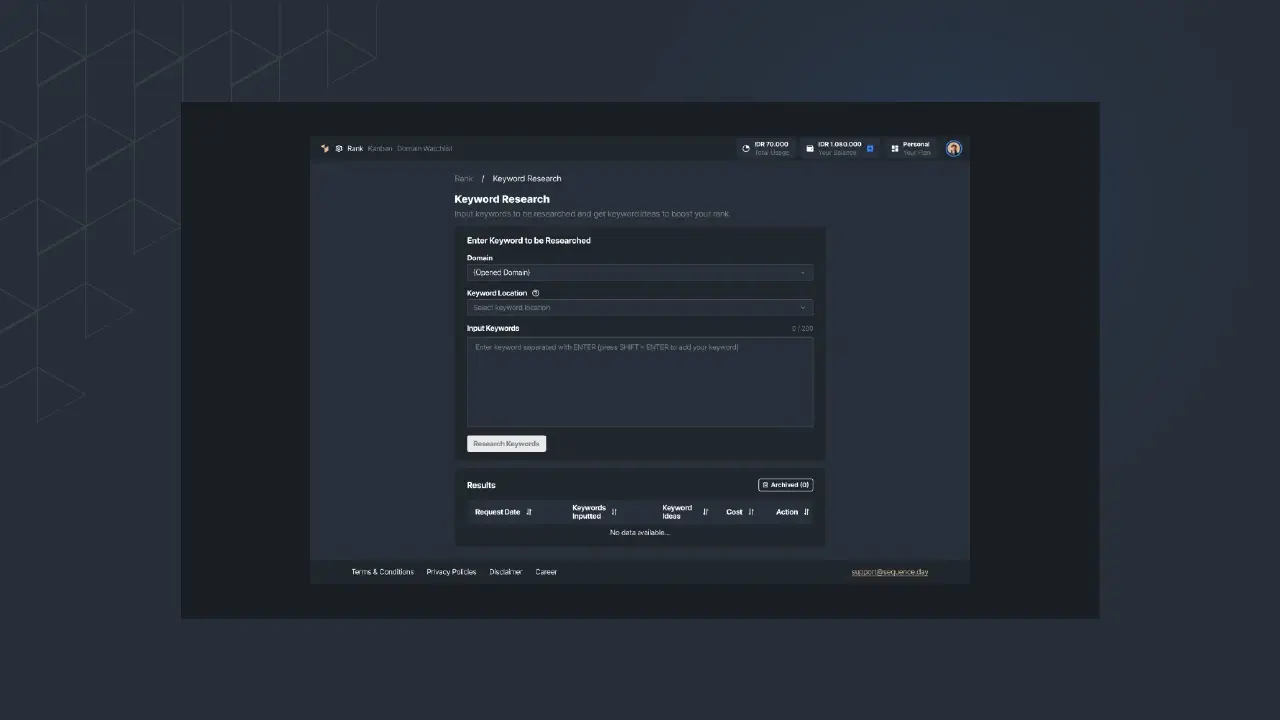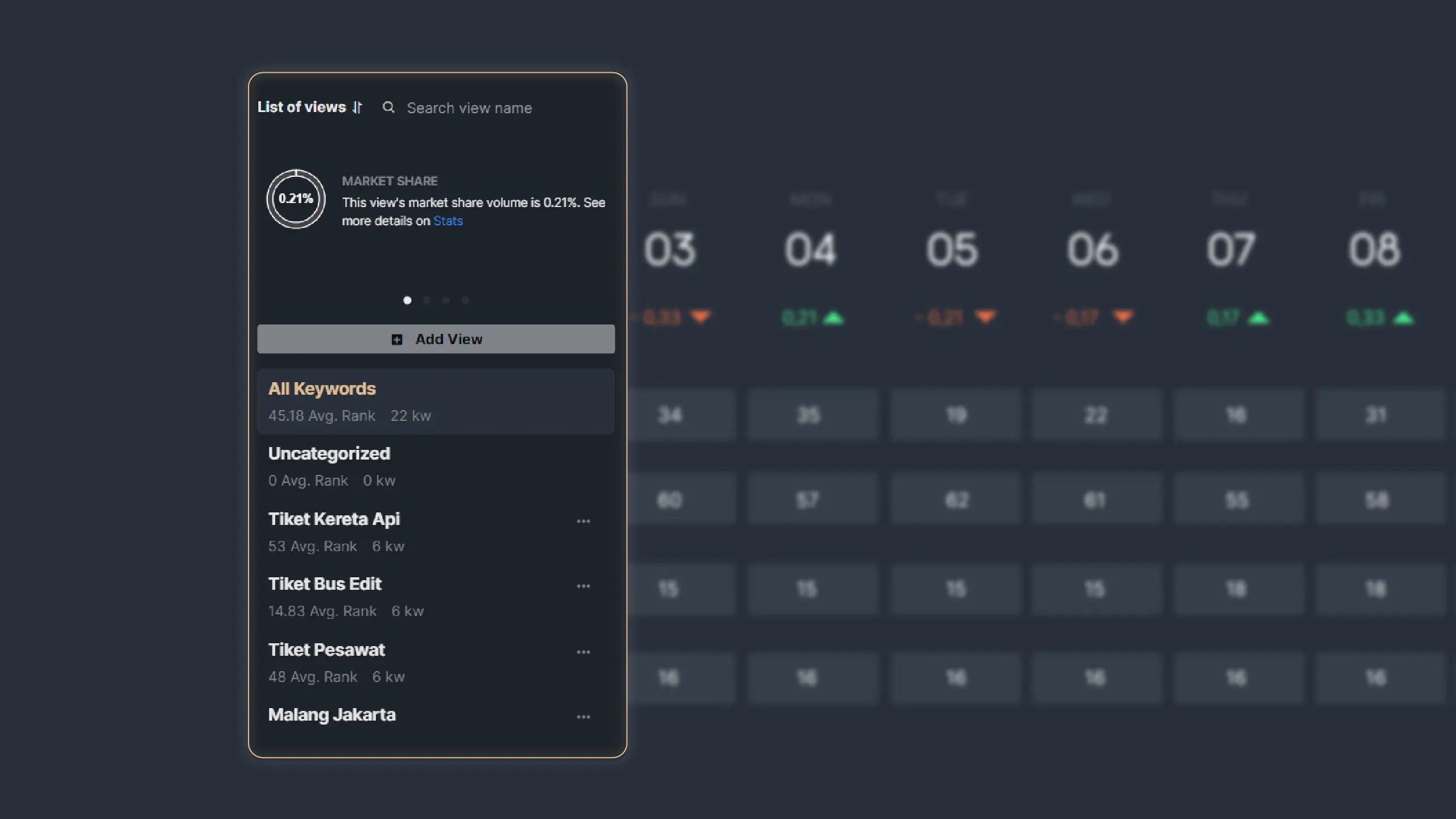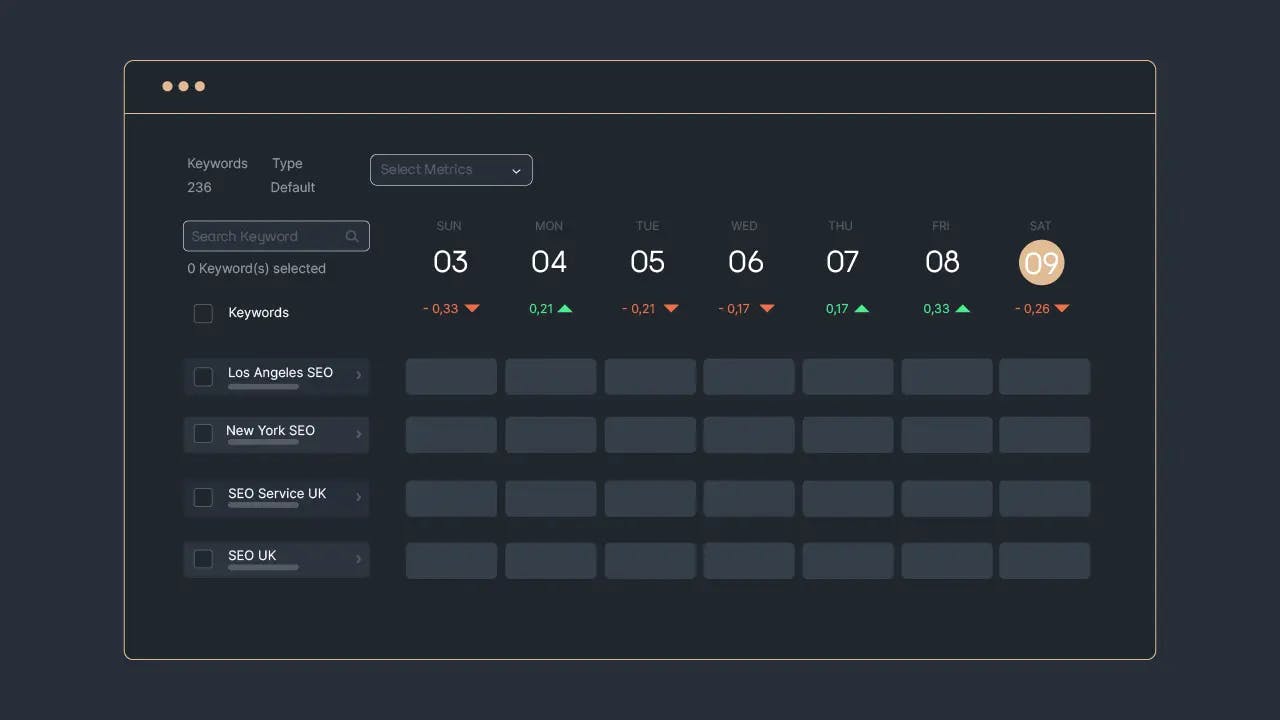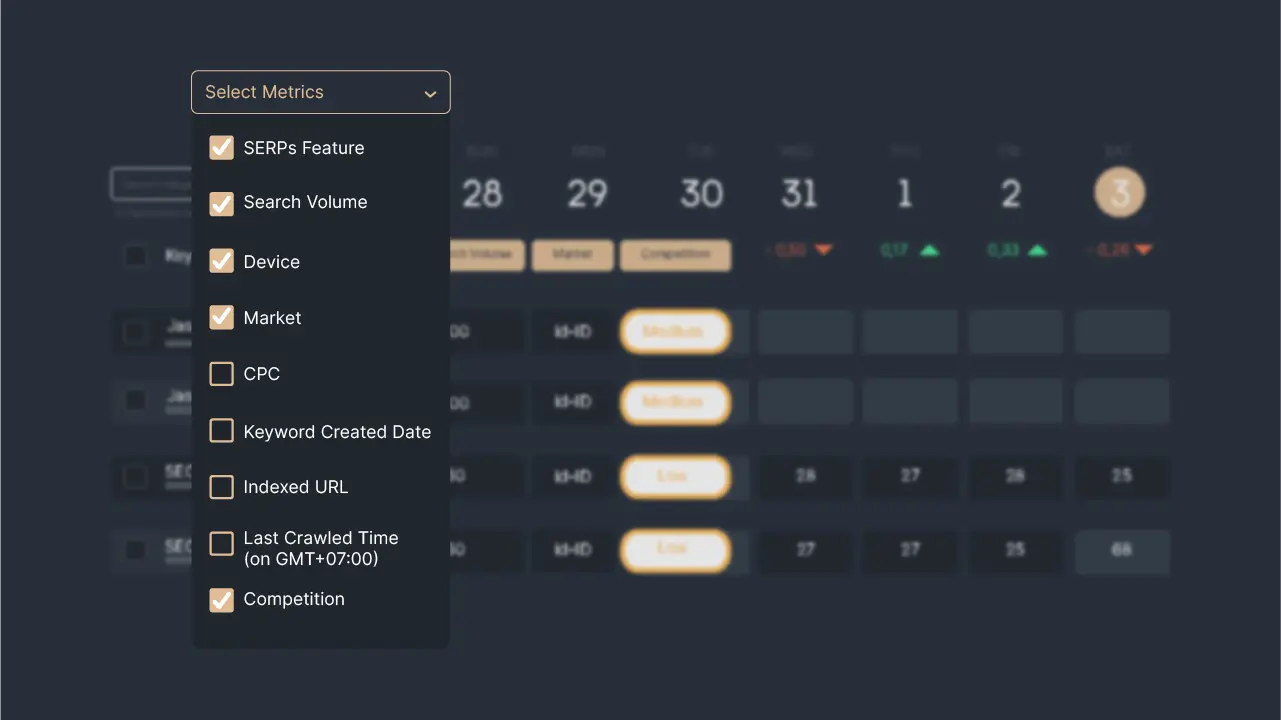In the world of SEO, there's a strategy called keyword clustering that can make a big difference in how well your website shows up in search results. Think of it as a way to organize and plan your keywords smartly.
Keyword clustering is the secret sauce that can transform a blatant keyword approach into a well-organized and highly effective SEO campaign. To learn the strategy and best practices, read this article thoroughly.
What Is a Keyword Cluster?
A keyword cluster, in the context of SEO (Search Engine Optimization), is a group of related keywords or key phrases that revolve around a common topic or theme. These keywords are strategically organized and optimized together to improve a website's search engine visibility and rankings.
Keyword clustering helps you align your content with user intent. When users search for information, products, or services, they often use various related terms. By clustering these keywords, you can create content that addresses multiple facets of a topic, providing comprehensive and relevant information to users.
Not only that, but it also simplifies the organization of your website's content. Each keyword cluster can be associated with a specific webpage or content piece, making it easier for both users and search engines to navigate and understand your website's structure.
When you optimize a group of related keywords together, you increase your chances of ranking well for multiple search queries. This can lead to more organic traffic to your site.
Example of Keyword Cluster
To give you a clearer picture of the keyword cluster concept, here is an example of it:
Keyword Cluster: Healthy Breakfast Recipes
Seed Keyword: "Healthy Breakfast Recipes"
This is the primary keyword that represents the main topic of your content.
Cluster Keywords:
Quick and Easy Healthy Breakfasts
Low-Calorie Breakfast Ideas
Vegetarian Breakfast Recipes
Protein-Packed Morning Meals
Gluten-Free Breakfast Options
These are related keywords or subtopics that fall under the broader topic of "Healthy Breakfast Recipes." They represent different aspects of healthy breakfasts that users might search for.
In this example, the keyword cluster strategy allows you to create a comprehensive resource on healthy breakfast recipes while catering to different user intents. Users searching for specific types of healthy breakfasts find relevant content, and your website benefits from improved SEO visibility and user engagement.
Or, in a broader context, you can cluster your keyword based on the intents such as:
Informational Intent Cluster
Seed Keyword: Smartphone Reviews
Keyword:
How do smartphones work?
Smartphone technology explained
Pros and cons of smartphone screens
This cluster targets users who seek information about smartphones, their technology, and various aspects of smartphones. Content in this cluster will provide in-depth explanations, guides, and educational content.
How to do Keyword Clustering
Keyword clustering is a strategic process that involves grouping related keywords together to create targeted content that aligns with user intent and improves SEO performance. Here's a step-by-step guide on how to do keyword clustering effectively:
1. Generate Keyword List
Start by conducting comprehensive keyword research to identify relevant keywords in your niche or industry. Use Sequence Stats Keyword Ideas to compile a list of potential keywords.

Picture 1 - Keyword Ideas in Sequence Stats
2. Categorize Each Keyword
Analyze your keyword list and categorize keywords based on their similarity and intent. Look for patterns or common themes among the keywords. You can do it by creating a new View in Sequence Stats.
This feature enables users to create multiple groups of keywords based on their category. This way, user can observe keywords separately based on their given category.

Picture 2 - List of View in Sequence Stats
3. Plan Keyword Strategy
Next, determine the primary intent behind each keyword cluster. Is it an informational, navigational, transactional, or commercial investigation? Understanding user intent is crucial for creating content that meets users' needs.
Assign a core or primary keyword to each cluster. This keyword will represent the central topic of the cluster.
4. Create and Optimize Content for Keywords
For each keyword cluster, create high-quality, relevant content that caters to the user intent and the central topic (seed keyword) of the cluster. Or, if you already have the content, optimize it using the targeted keyword.
Use the seed keyword naturally in the content's title, headings, and body text. Incorporate related keywords and synonyms as well to create a semantic relationship.
Ensure that the content is informative, engaging, and valuable to users. It should comprehensively cover the topic and address the questions or needs associated with the keyword cluster.
You can add internal linking to connect related content within the same keyword cluster. This helps guide users to more information and keeps them engaged on your website.
5. Track Keyword Ranking
The last thing is to track your keyword performance. Monitor the performance of your keyword clusters over time. Use Sequence Stats Keyword Rank Tracker to check how your content is ranking in search engine results pages (SERPs).

Picture 3 - Keyword Rank Tracker in Sequence Stats
By using this tool, you will be able to get real-time data of your keyword daily ranking, complete with the keyword metrics. The keyword metrics available are varied. This metrics data is valuable for optimization and gets you an informative decision.

Picture 4 - Keyword metrics.
That is the step-by-step in keyword clustering that is good for your strategy. Make sure you do it right with an automated keyword cluster tool such as Sequence Stats.
Conclusion
In conclusion, keyword clustering is a powerful SEO strategy that empowers website owners and content creators to optimize their online presence effectively. By systematically grouping related keywords based on user intent and creating targeted content clusters, businesses can better serve their audience's diverse needs and preferences.
Having a keyword clustering tool that is integrated with so many features can be a beneficial investment for your website. Using Sequence Stats as your tool is enough to accommodate almost all SEO tasks starting from keyword research, competitor monitoring, and keyword tracking, to clustering.
So, register to Sequence Stats now and explore all the features. You will be entitled to a year of free trial and free balance!